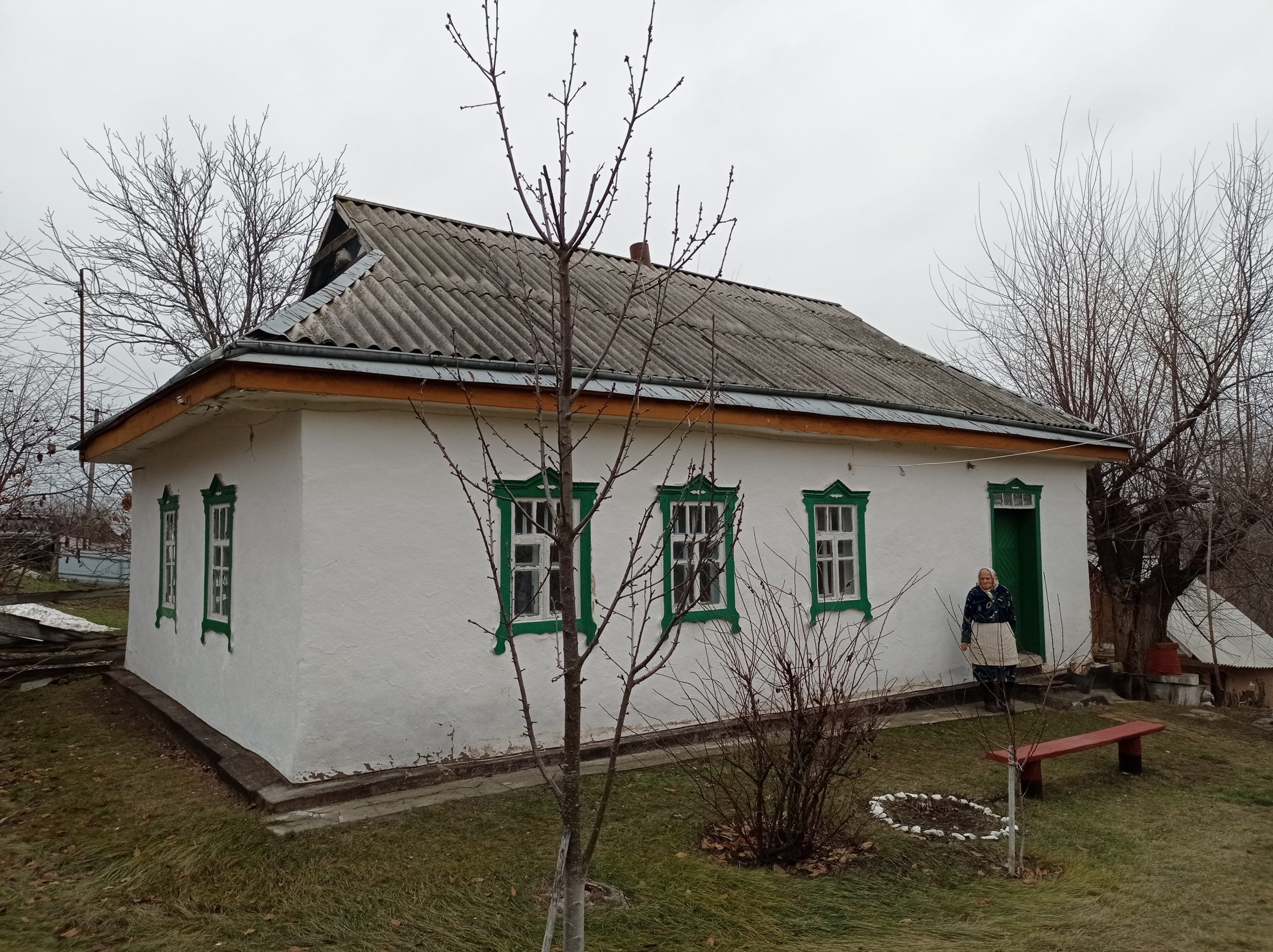The Holodomor Museum team went on an expedition to the Cherkasy region
The staff of the Holodomor Oral History Department of our museum went on an expedition to the Cherkasy region. In three days, they visited the villages of the Uman and Zvenyhorod districts. They recorded the testimonies of eleven people who were eyewitnesses to the Holodomor and mass man-made famine of 1946-1947.
From the expedition, our colleagues brought not only video interviews but also old family photos and personal belongings of witnesses related to the Holodomor period. Now, they will replenish the fund collection of the museum.
Today, it is becoming more and more difficult to record the stories of eyewitnesses to the Holodomor because every year the number of people who survived the genocide of 1932-1933, regretfully, is decreasing. Therefore, every recorded interview is extremely valuable.
“Every time after recording such a testimony-confession, the thought never leaves: how good it is that we managed to record the history of this family and now it will be preserved for future generations,” says Yulia Kotsur, head of the Holodomor oral history department. After all, each story is special, it is experienced by a specific person or family, and often it is a very bitter and traumatic experience. For instance, 99-year-old Hanna Yakivna Shyyanenko from the village of Lehedzyne told us about a neighbour’s girl who was killed and eaten during the Holodomor, the face of this child can still be seen in old family photos. In Talianki, we were shown a monument to four children of the same family erected at the burial place – the mother buried all her daughters and sons with her own hands, and she was the only survivor of the family. I am sure that what we heard and recorded during this expedition will impress everyone who has the desire to review or read the recorded stories. Later, all these stories will be posted on our museum resource “Testimony”.
